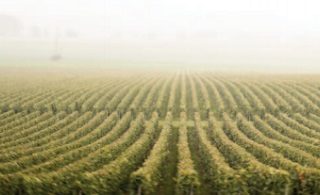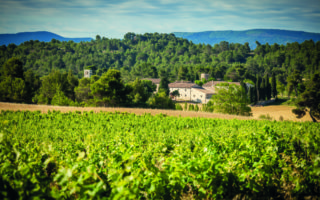Grape Expectations: France’s most famous grapes and where to find them
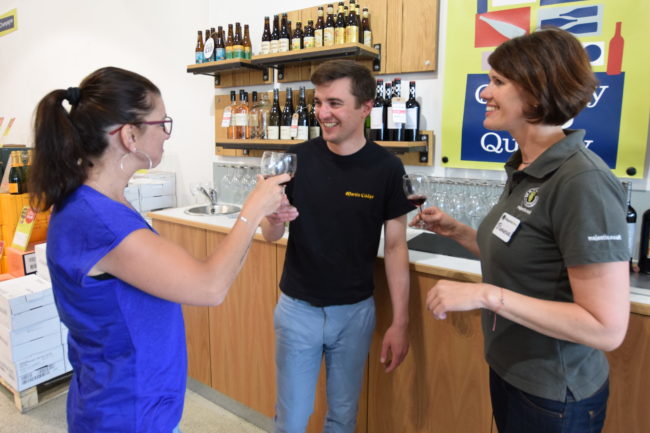
The distinct lack of grapes on most wine labels can be a real barrier for novices. French bottles often display copious information on wineries and appellations, but it’s a complex and rather daunting system for beginners. If you’re a budding enthusiast, the best way to get stuck into French wine is by understanding where to get your hands on the grape varieties behind the juice.
Here are four of France’s most famous white grapes and where to find them.
1. Chardonnay:
The world’s most planted white wine grape originated in Burgundy. The benchmark for refined whites, the French style of Chardonnay is typically mineral, gently oaked and imitated the world over. Due to Chardonnay’s versatility, it’s grown all over France, however there are some key areas for wine lovers to check out.
Where to find it:
-
Burgundy: The holy grail for Chardonnay, Burgundy sets the standard. Head to Chablis for steely minerality, the Mâconnais for fresh unoaked bottles or Montrachet for a richer, opulent drop.
-
Limoux: For savvy wine drinkers who want Burgundian indulgence at half the price. Also look out for fun sparkling wine made with Chardonnay.
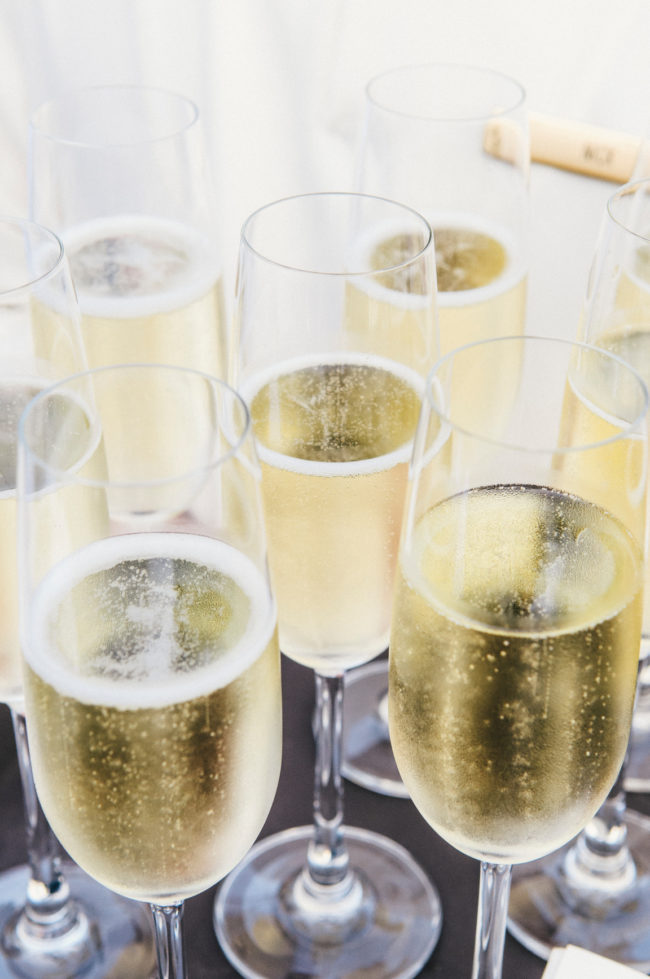
Champagne filled glasses.
-
Champagne: One of the main constituents in this iconic region, Chardonnay adds a rich fruitiness to Champagne. Look out for ‘Blanc de Blancs’, a type of Champagne made just from Chardonnay.
2. Sauvignon Blanc:
No doubt you’ll have heard of New Zealand Sauvignon Blanc, but France is the birthplace of this full-flavoured white. A cooler climate means it doesn’t have the tropical exuberance of southern hemisphere bottles, but French Sauvignon is famous for its sophisticated minerality and razor-sharp acidity.
Where to find it:
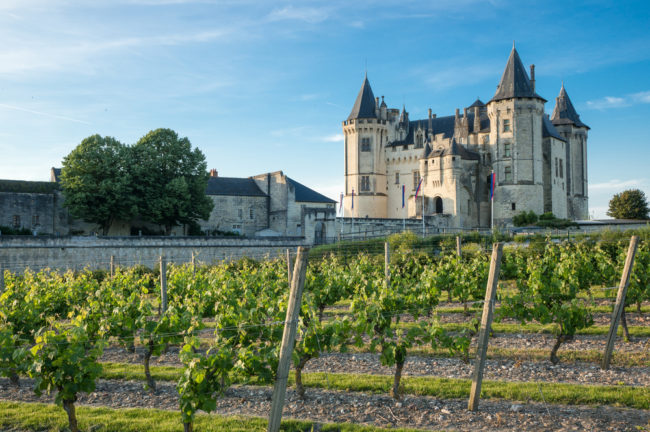
-
The Loire Valley: Sancerre and Pouilly Fumé are most famous and their crisp, mineral Sauvignons fetch princely sums. However, also look for Touraine for refreshing whites at half the price.
-
Bordeaux: Often blended with Semillon and Muscadelle to make fresh, grassy ‘Bordeaux Blanc’ or rich, creamy whites from Pessac-Leognan.
-
Languedoc: Many Languedoc wines have the grape on the label – hurrah! Expect Sauvignon Blanc closer to the New World style with tropical notes and plenty of gooseberry!
3. Viognier:
In 1965, clinging to a mere handful of vineyards in France, it looked like the final curtain for notoriously fickle Viognier. Thankfully, the grape has staged a revival and is now found across the globe. Difficult to grow, Viognier thrives in France’s warmer regions and creates perfumed, full-bodied whites loaded with peach flavours.
Where to find it:
-
The Rhône Valley: The birthplace of Viognier and where the grape really sings. Try wines across the valley but keep an eye out for decadent Condrieu or Château Grillet for richly perfumed, apricot-soaked delights.
-
Languedoc: The region that saved Viognier from near extinction, the Languedoc has plenty of sunshine to keep Viognier happy and full of flavour.
4. Chenin Blanc:
More than 50% of Chenin Blanc is produced in South Africa, but the grape does, of course, hail from France. Mainly found in the Loire Valley, it’s a very different beast from its South African cousin. The very best are steely, rich and long lived – just like the finest Chablis.
Where to find it:
-
The Loire Valley: You’ll find plenty of fresh, fruity bottles from across the region. However, if you’re after something special keep an eye out for Vouvray, Anjou-Saumur and Savennières. The Languedoc: The Loire may have a monopoly but there’s plenty of great Chenin coming out of the wild Languedoc.

Wine shopping in France can be fun, but also notoriously complicated. If you’d like more advice on grape varieties or anything wine related, then why not have a chat to one of our in-store wine gurus? Majestic Calais the easiest way to get expert advice and the best savings.
Share to: Facebook Twitter LinkedIn Email
Leave a reply
Your email address will not be published. Required fields are marked *

